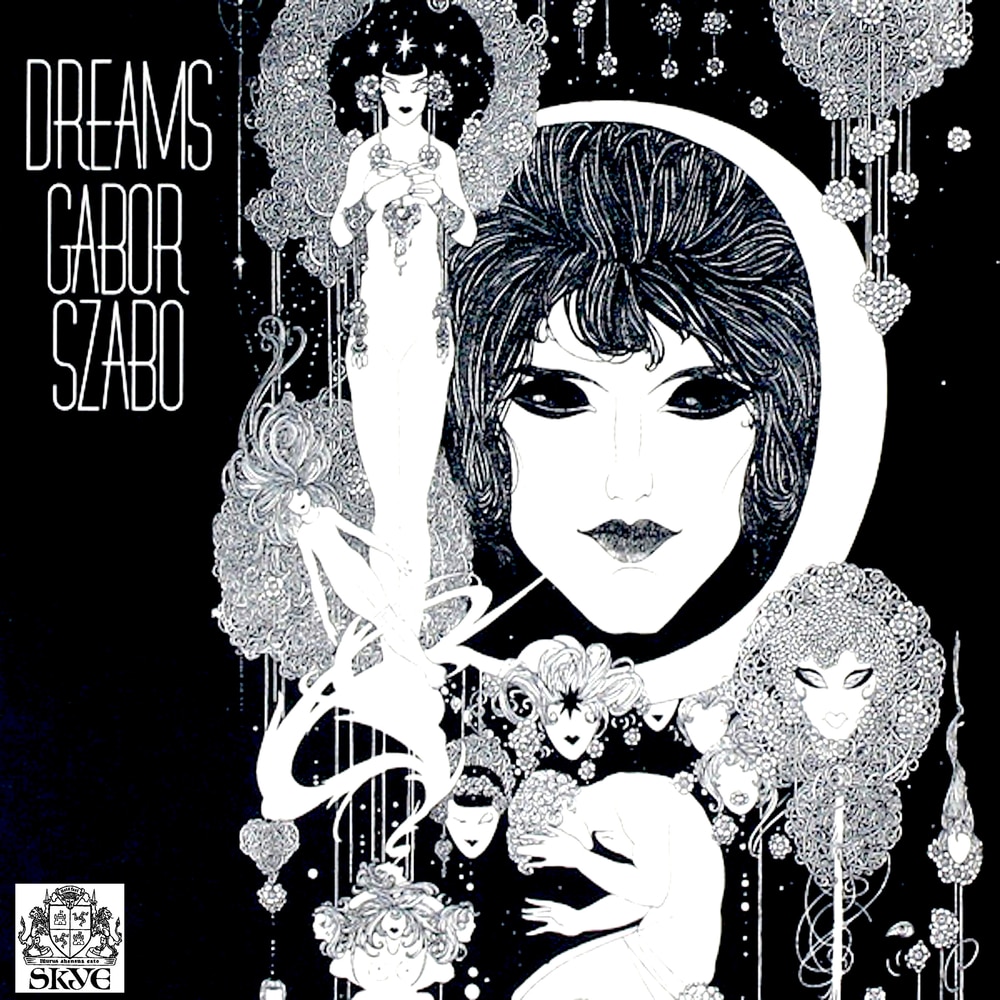If you’re the kind of person who feels weighed down by unreasonable expectations, then you will be able to sympathize with George Ferris, Jr.
The expectations start with his name. Not only was he a ‘junior’ (which to me always implies parents who are both arrogant and un-creative) but his full name was George Washington Gale Ferris, Jr. It turns out that he was named after the founder of his hometown of Galeston, a man named George Washington Gale, who in turn was presumably named after George Washington.
So, to recap, our good friend George Ferris Jr was named after three people simultaneously: his dad, the founder of the town where he was born, and the first president of the United Sates. The bar was set high the moment he was born.
But George was a hard worker, and made his way through school to become an engineer. And then, in 1891, a nationwide engineering challenge caught his eye and captured his imagination. The World’s Columbian Exposition was to be held in Chicago in two years, and organizers challenged American engineers to design a centerpiece that would surpass the Eiffel Tower, which had been built for the 1889 exposition in Paris.
Ferris took up the challenge. His design, as you’ve probably guessed by now, was the original Ferris Wheel, an 80-metre tall engineering marvel, from which guests would be able to view the entire grounds. Organizers were unsure of the wheel’s safety, but Ferris insisted that he could make it work. He insisted that he could ‘Out-Eiffel Eiffel’.
It was perhaps a mission that was impossible to accomplish. The Ferris wheel was a hit, but unlike the one-of-a-kind Eiffel Tower, the basic concept of a rotating wheel with seats was easily replicable, so Ferris’ invention was fated to become generic, rather than iconic. You can ride a Ferris wheel, or visit the Eiffel Tower.
To make matters worse, Ferris claimed he was never paid his portion of the massive profits the wheel brought in. He died in 1896 of typhoid fever, aged only 37. The final insult came when his ashes were withheld from his family by a Pittsburgh funeral home for over a year; they claimed the funeral expenses hadn’t been paid in full. His wheel was demolished in 1906.
Gábor Szabó might not have had the same high expectations as George Ferris, but he is certainly underrated. After moving to the US from Hungary, he struggled to find his feet in the music scene, and paid his way through the Berklee College of Music by working as a janitor. He was a great blender of styles; jazz, rock, and traditional Hungarian folk music.
Although Szabó isn’t particularly well-known today, his song “Gypsy Queen” was adapted by Carlos Santana for his hit song “Black Magic Woman.” It’s unclear whether Szabó was paid his due share of royalties for the song, or whether, like Ferris, his work was used to profit others. Either way, he shared one final commonality with Ferris, in that he died well before his time, of liver failure at age 45.
I hope that Gábor Szabó was familiar with George Ferris’ story when he wrote this song. I think he would have found beauty in Ferris’ persistence and hard work. I like to imagine the two of them in the afterlife, having a drink and enjoying the feeling of being completely free of anyone’s expectations.
What makes this a beautiful song:
1. The cover art is fantastic. It’s like an art-nouveau version of the cover art for The Beatles’ Revolver. Very reminiscent of the design that would have been popular around the time of the Columbian Exposition.
2. The French horns. Their harmonies are wonderful, and it’s fitting that a song called “Ferris Wheel” features horns from the same country as the Eiffel Tower.
3. Many elements have a circular, rotating feel to them: the arpeggio in the guitar that opens the song, the repeating upright bass line…you can almost feel the rise and fall of the Ferris wheel in the instrumentation.
Recommended listening activity:
Drawing circles freehand, and not caring how imperfect they are.
